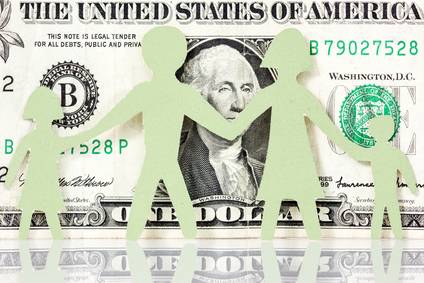The Child Tax Credit is a credit that is available to eligible parents of children younger than age 17 at the end of the tax year. Individuals who qualify can receive a credit of up to $1,000 per child against the amount of their tax liability. The credit reduces a taxpayer’s tax dollar-for-dollar, which can make it very valuable on a return.
Qualifying to Claim the Child Tax Credit
To claim the Child Tax Credit, you must have at least one qualifying child. The IRS defines a qualifying child as a natural child, legally adopted child, stepchild, or younger sibling of the taxpayer. This definition also includes direct descendants of these individuals, such as grandchildren, nieces, or nephews. The qualifying child must be younger than 17 years old by the end of the year, so if you have a 16-year-old child who will turn 17 before December 31, you won’t be able to claim the credit for that child on that year’s tax return.
Along with these requirements, the child must meet the other requirements for dependent exemptions. This means that you must provide more than half of the child’s financial support during the year and that the child must live with you for more than six months out of the year. You must also claim the child as your dependent for that year.
The IRS also issues certain income restrictions for claiming the Child Tax Credit. These income limits may be adjusted from time to time, but in most cases, the credit begins phasing out for single taxpayers who earn more than $55,000 and married couples who earn more than $110,000.
Calculating the Child Tax Credit
If you determine that you are eligible to claim the Child Tax Credit, you’ll need to calculate it using Schedule 8812 and then report the total on your return. The maximum amount of the credit is based on your tax liability. For example, if your assessed tax is $4,000 and you have four qualifying children, your Child Tax Credit could be as much as $4,000, which would reduce your tax to zero. On the other hand, if you have a tax liability of just $2,000 and you have four qualifying children, your Child Tax Credit would only be $2,000 – the amount of your actual tax.
The IRS does allow some taxpayers to claim the remainder of their unused Child Tax Credit as a refundable credit called the Additional Child Tax Credit. Those who think they may be eligible for this provision can calculate their Additional Child Tax Credit using Part II of Schedule 8812.
This blog brought to you by TaxLane, LLC, providing tax preparation and consulting services to individuals and small businesses.
Pittsburgh, Allison Park, Hampton, Shaler, Glenshaw.



